Owned by the certified non-profit iF Design Foundation, which provides a global stage for design and its social significance in the world, the iF Design Award enjoys its position amongst the most prestigious design awards. Japanese designer Ryosuke Fukusada participated in the 2023 edition of the awards with his minimal clock design, dubbed Relief.
Relief is a porcelain wall clock that tells time through a beautiful sculptural form, featuring relief-like indicators on the gently concave clock face. Natural material porcelain, and advanced 'Ceramic Japan' pottery techniques were used to achieve a matte finish and smooth texture, which accentuates the refined form and shadow of the product design. In a conversation with STIR, the Japanese designer talks us through the journey of the design, the ideas that puppeteered its evolution and its consequent triumph at the iF Design Award 2023.
STIR: Can you tell us about your design process and how you approach each new project?
Ryosuke Fukusada: My design process begins with research on the type of product I am asked to design. In the case of Axolight's Alysoid lamp, the initial brief was to design a large ceiling light suitable for upscale spaces, like hotel halls. I then collate the information collected through the research and think about design. Various ideas are quickly sketched on paper, and through visualisation, I decide if the direction of a design is worth pursuing or not. Once there is a clear direction, a tangible 3D model is created to narrow down the most suitable concept. For the Axolight project, I chose the Alysoid design and some other shapes to flesh out. With rough modelling, details, and elements that need adjusting become apparent, so I go back and modify the object in CAD. This fluid process of iteration is repeated several times until I am satisfied with the model. Then we move on to creating a prototype. With a prototype in front of us, the client and I discuss the design and modify the necessary parts, until the final version product is realised.
STIR: Can you walk us through the development of your award-winning design Relief for Lemnos that earned you the IF Design Award 2023?
Ryosuke: Ceramic Japan and Lemnos have an aligned philosophy of creating beautiful products that enrich people's lives by facing manufacturing with sincerity, centred around design. By collaborating with these two companies, we were able to combine the know-how of clock making with advanced manufacturing techniques of porcelain, creating a quality and elevated clock design.
STIR: The clock is crafted with the pottery technique of Ceramic Japan, how do you think this collaboration worked?
Ryosuke: The Relief clock is manufactured using a method called gabaikomi casting. This advanced Japanese pottery technique creates a beautiful shell-like shape with no distortion and a refined texture. I chose a comfortable diameter of 274 mm, but with pottery, it was necessary to calculate the shrinkage rate and make an even larger prototype. It was a challenge to make a product of this size with gabaikomi casting. With the experience and techniques of Ceramic Japan, we were able to overcome many challenges and produce the main body of the clock.
STIR: Can you talk about your approach to incorporating sustainability into your designs?
Ryosuke: Sustainability is something that I am mindful of and something that must be considered in modern manufacturing. In order to incorporate it into the Relief project, I did a lot of research on materials and carefully chose porcelain which is a natural and biodegradable material. The porcelain gives the product value as an interior object as well as being a sturdy material. This slow-made product can be cherished for a lifetime and discourages mass consumerism.
STIR: How do you balance aesthetic considerations with practical concerns when designing products?
Ryosuke: Aesthetic and practical aspects are both important elements in a design. I start considering both at the same time from the beginning of the project and try to balance them without compromise until the very end of the project to keep aesthetic form and function perfectly balanced.
STIR: How do you inject design trends and advancements in technology into your distinctive creative language?
Ryosuke: I am not very conscious of design trends. It is important to create timeless and relevant designs rather than be overwhelmed by trends. As for advancements in technology, it depends on the client and the project. I consistently research new materials, techniques, and technologies but I think that it is better to incorporate them only when they fit the project or when the project itself involves advanced technology rather than trying to force them.
STIR: Your work often incorporates elements of Japanese culture and tradition. How do you integrate these influences into your designs, and what significance do they hold for you?
Ryosuke: When designing for overseas clients, I usually incorporate my own Japanese culture and identity. Conversely, in my projects for Japanese brands, I use an approach based on my experience gained from living in Europe. I have created designs in collaboration with Portuguese designer Rui Pereira for HAY, in which we attempted to create new value by fusing our own cultures and backgrounds. This creates tasteful balance and originality in the designs.
STIR: The Relief clock was also selected in JIDA Design Museum Selection vol.24, hosted by Japan Industrial Design Association. How was the experience?
Ryosuke: The exhibition and award ceremony was held at Axis Gallery in Tokyo, and I had an insightful and meaningful experience there. JIDA is an organisation with a long-rooted history in Japan, and it is a great honour to have been selected for this award. It was a lot of fun attending this ceremony and great to meet like-minded people.
STIR: What considerations do you make while choosing materials and production methods for your designs?
Ryosuke: Materials and production methods are the core of the project, so I take care in selecting the most suitable one for the project while considering the feasibility of sustainability.
STIR: What is NEXT in store for you?
Ryosuke: I have several new furniture design projects underway, including furniture for kids. We are also working on the development of interior building materials using traditional Kyoto crafts. Please stay tuned!






 Sign in with email
Sign in with email



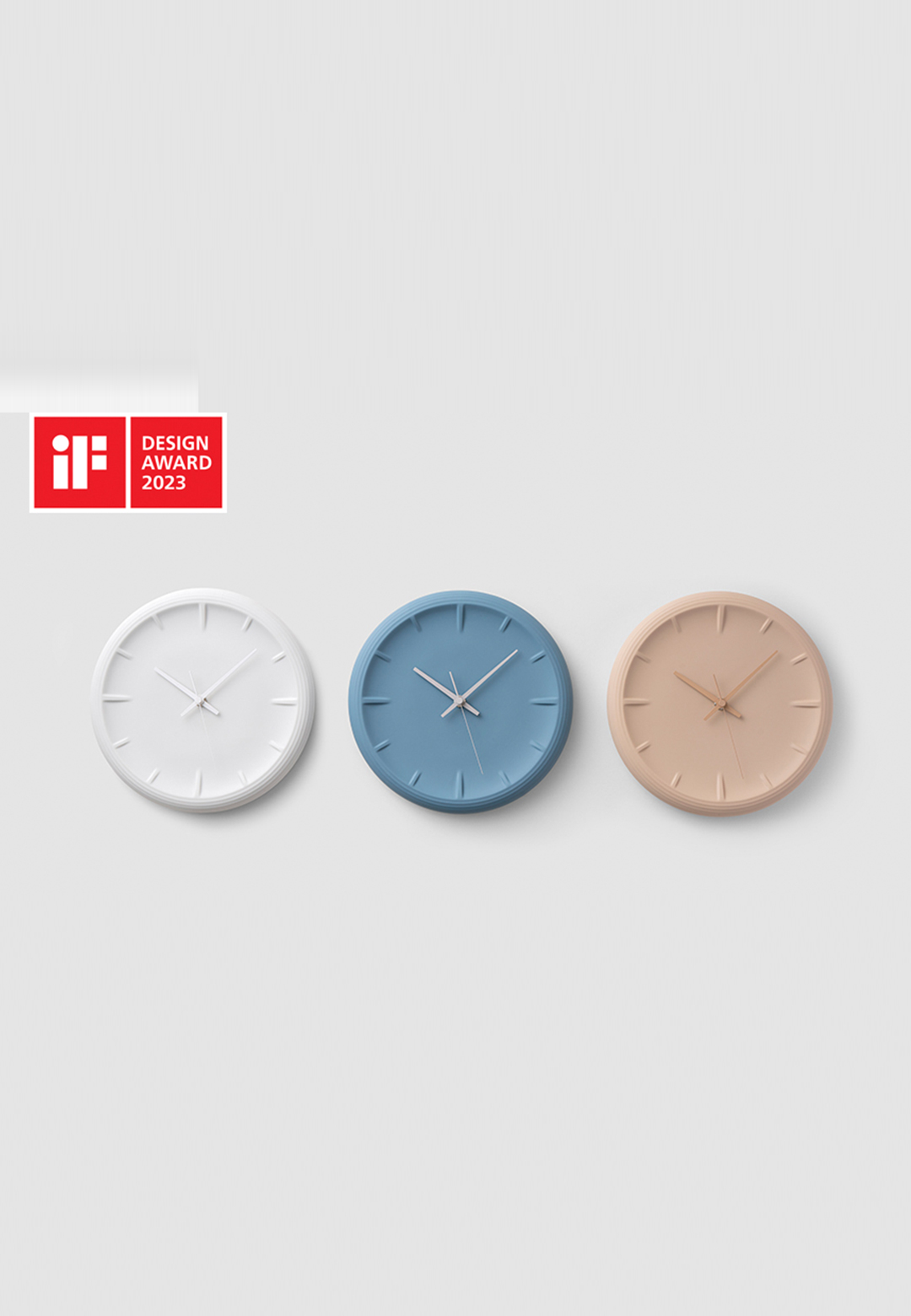
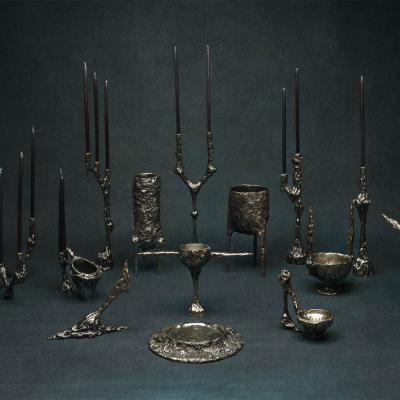
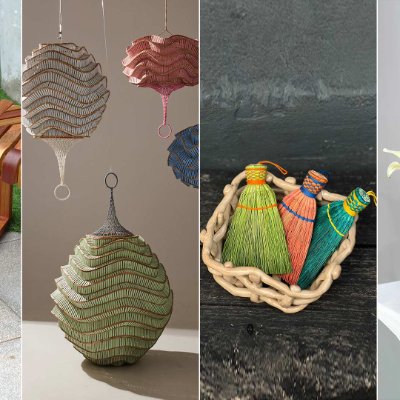
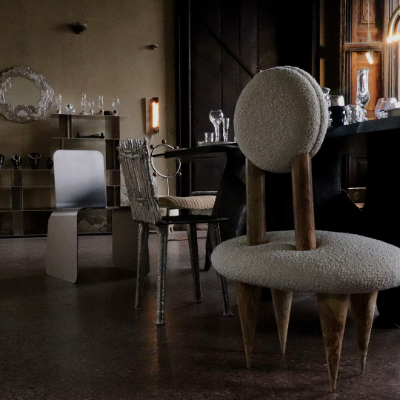
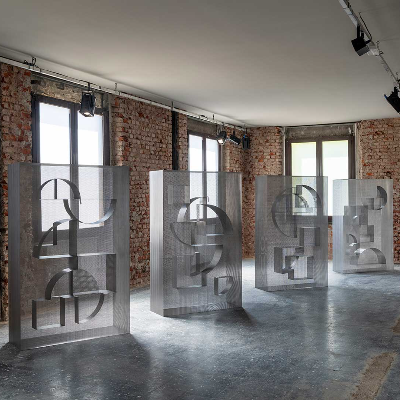
What do you think?